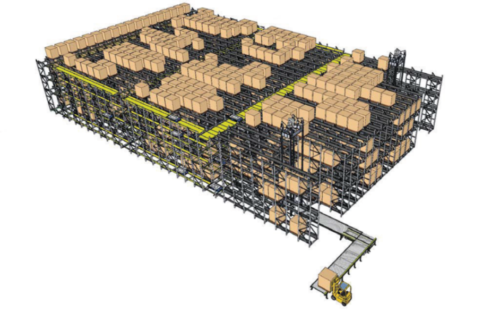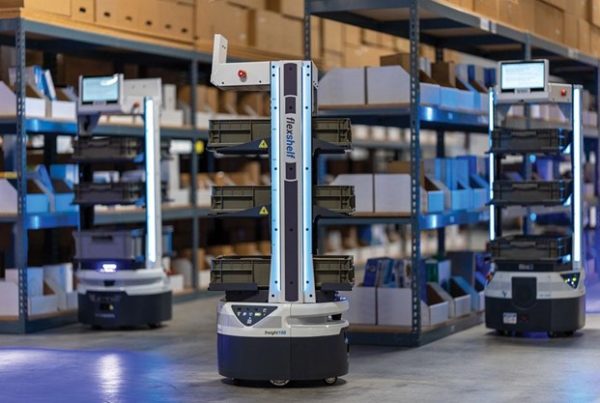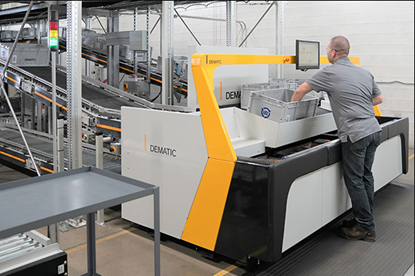Good afternoon everyone, and welcome to the second edition in our Goods-to-Person series. In this article we are going to go into depth on different overall types of GTP systems, and where it makes the most sense to apply them. For starters, there are many different kinds of GTP systems, and variations, but let’s touch on some of the most popular systems and their distinct features.
AutoStore
AutoStore is a proven cube storage solution that has taken the market by storm as of late. It offers a simple, yet elegant solution to scalability that many solutions aren’t capable of matching. AutoStore is essentially a combination of 3 distinct parts: the grid, the ports, and the robots.
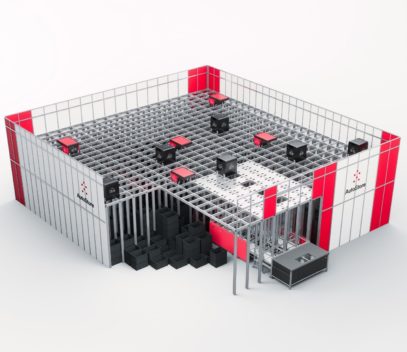
The grid is the frame of the AutoStore, which stores product in totes that stack on top of one another. The totes are then accessed by robots overhead, which can use an integrated pulley system to dig out totes one at a time, from the top down. After the robots have acquired the donor tote, they will then proceed to a port and deposit a tote to a GTP station worker. While this is a simplistic view of the process, it gives you a good idea of roughly how the system works.
Although there are many GTP systems that offer similar results in the form of bringing a stored 1.5 foot wide and 2-foot-long tote to a designated GTP station, AutoStore has some unique features. A key differentiator of AutoStore is its storage density. AutoStore is easily the most space efficient GTP system on the market, as long as you stay within its max height (24.5 feet tall).
AutoStore is also modular. What this means is that systems can be configured as your operational needs change without disrupting current operations. With AutoStore, if you need a faster system throughput, all you need to do is purchase more robots and ports (workstations) and install them. For robots that is simply a matter of setting a new robot on of the grid, and for ports you will be required to spend a few hours cutting a port slot into the system and doing some electrical work. If you need more storage, all you need to do is add grid material, fill it with totes, then connect it.
 Shuttle/Mini-load
Shuttle/Mini-load
Pivoting to shuttle systems, it is important to note that shuttles aren’t monolithic, numerous companies have their own versions of the technology that boast different features. That being said, we are going to discuss generalities with shuttles to try and touch on some of their common features and where they make sense. Shuttle systems are functionally similar to AutoStore, in that they are an ASRS delivering totes to a designated operator, however they do boast some unique advantages.
For one, many shuttles tend to be very cost effective when it comes to high-rate solutions. If you need to pick 6000 different lines an hour to fulfill orders quickly, you will likely be looking at a shuttle similar to Dematic’s Multishuttle. These shuttles work by storing rows of totes along an aisle, with a shuttle capable of accessing every tote down the aisle (but not vertically). This allows for one tote to be picked simultaneously from each row in the shuttle and deposited to a lift which will then convey the tote to an operator.
Mini-load systems share a lot of similarity with shuttles in that they store product the same way, and there are multiple options from various companies, however one primary difference from shuttle systems is that there tends to be a single retrieval shuttle, as opposed to multiple in many other solutions. This significantly decreases cost at the expense of throughput.
Shuttles are very mature technologically, and as such there are numerous specialized iterations of shuttles for different applications. From deep freezers to pallet handling units, there will almost certainly be a shuttle that can be utilized for your GTP needs.
Vertical Lift Modules
Vertical lift modules (VLM) are another example of a GTP technology that can be added into your operation. VLMs are fairly similar to shuttles and AutoStore, however they tend to come in a much smaller form, that can be had for a significantly lower price. While a VLM will not offer you the rate or the amount of storage other technologies can, they offer you the ability to material in a very dense space, for a fraction of the price of similar GTP technologies.
VLMs typically operate by placing products in configurable trays, that are then stored on top of each other in a vertical cabinet. The trays are then brought to the GTP user at the workstation opening. An easy way to grasp VLMs is to think of them as giant vending machines capable of housing large amounts of product.
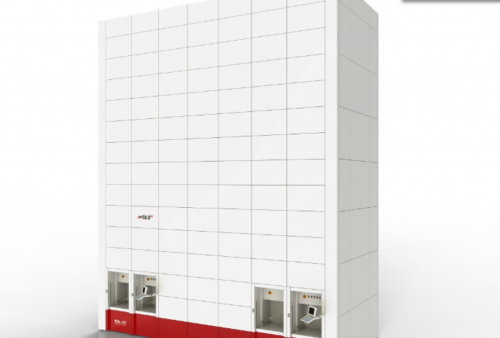
 RAFT
RAFT
Right Angle Fast Transfer (RAFT) is SRSI’s primary means of pallet AS/RS and can be designed to function as a goods-to-person system. Like AutoStore, RAFT is modular, and relies on robots to maneuver pallets through a customizable grid structure, and then deliver them to a designated position. That being said, there are some differences besides just the loads it can handle.
RAFT is capable of having its robots maneuver horizontally and vertically, combining the density of AutoStore, with some of the benefits of more traditional shuttle system. The result is a technology that densely stores pallets and brings them to any position on the exterior of the grid structure to be picked. RAFT’s pallet storage technique allows for an easy integration with conveyors and robotics, or with more traditional manual picks via an individual or fork truck.
AMRs/AGVs
AMR’s and AGV’s Automated Mobile Robots and Automated Guided Vehicles respectively, are not strictly GTP solutions, however they can be used as such. For the uninitiated, the difference between AMR’s and AGV’s tends to be their storage capacity, where AGVs handle pallet load, and AMRs handle totes. There are numerous applications for AMRs and AGVs within the realm of GTP, however one primary example is Prime Robotics Mobile Shelf.
These robots operate a little differently in that they stick to a conventional storage shelving method, but instead of expecting pickers to go through aisle after aisle, the aisles come to you. This method allows for some very unique setups when it comes to value add and pack stations, considering that the robots can travel through your entire facility autonomously. You can easily bring a shelf of product from one end of the warehouse to a packer at the other end, without additional touch points.
Until Next Time
Thanks for taking the time to read this, and I hope it was informative! Look out for my next article on key factors that determine what GTP system we can provide will work best for you!
Thanks for reading,
Account Executive
Slate River Systems
682-551-6849
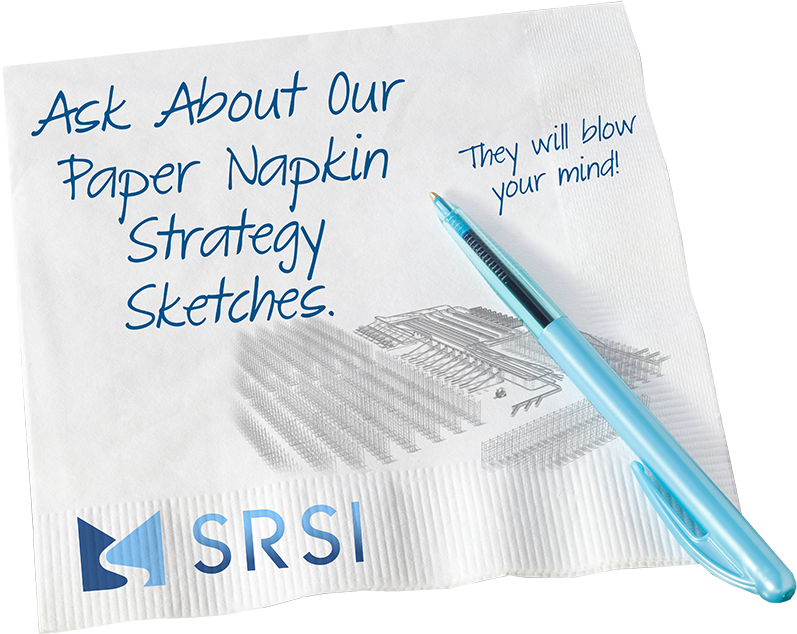 Skip to main content
Skip to main content
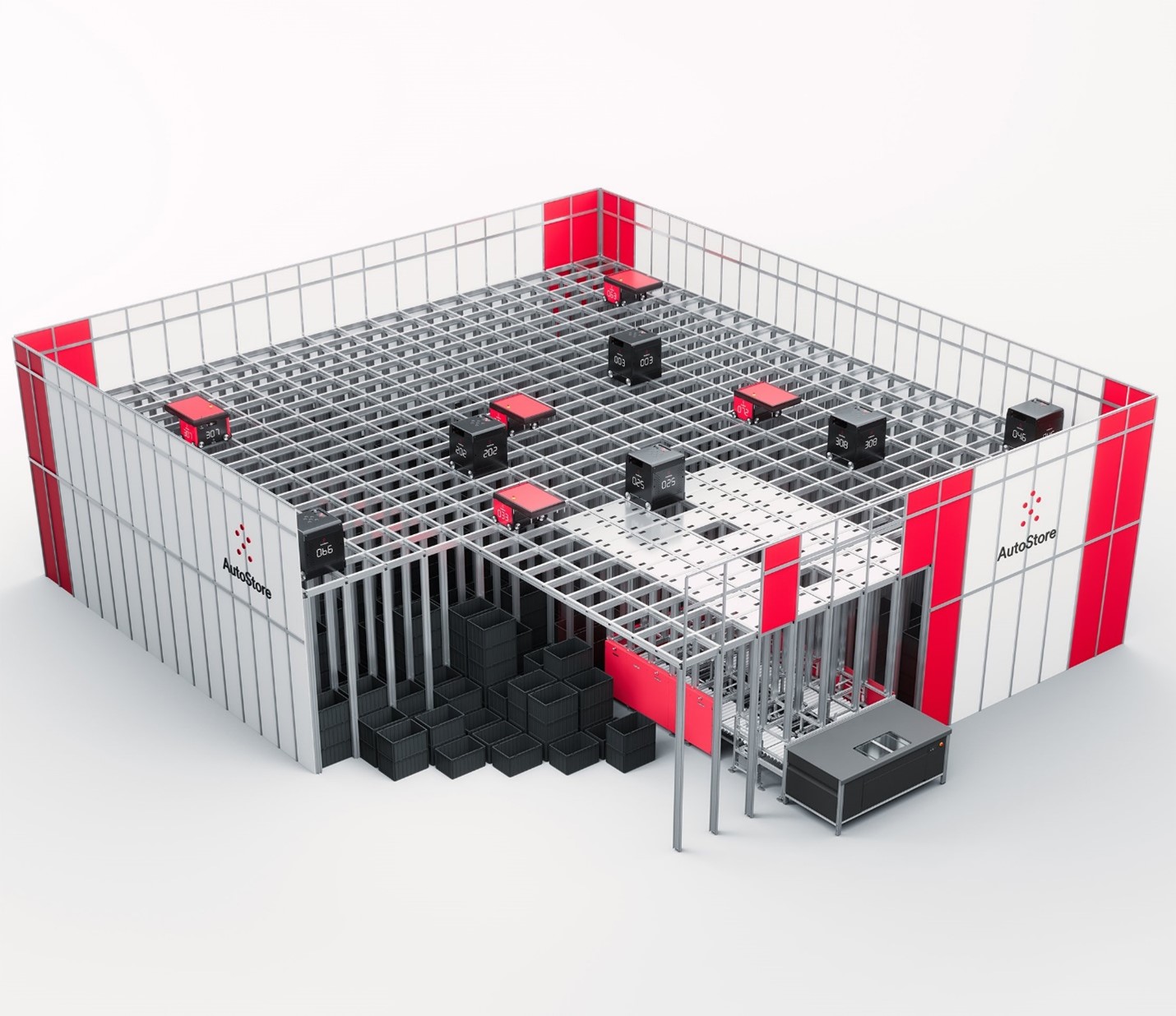
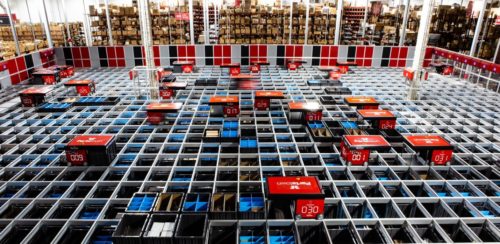 Shuttle/Mini-load
Shuttle/Mini-load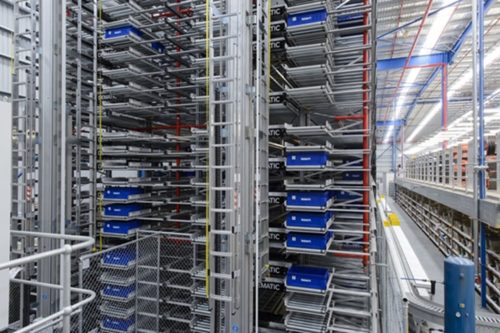
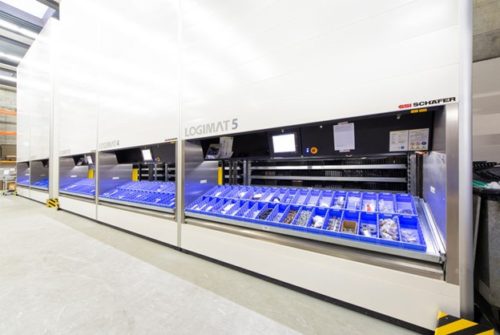 RAFT
RAFT